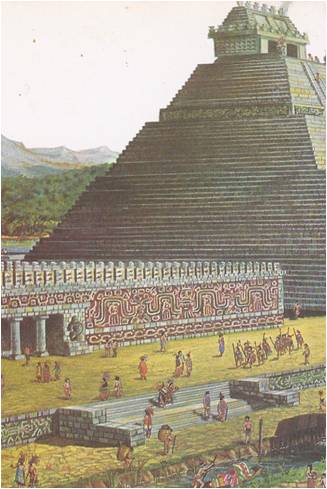Due to the taxes on tea, many of the colonists began drinking coffee or cocoa, or bought tea smuggled in from Holland. Within a few years, the British tea trade with the colonists dropped from 900,000 pounds to 237,000 pounds and in England the warehouses of the East India Company were filled to overflowing. The East India Company was Britain’s largest and most important trading company and to save it, Parliament passed the Tea Act. The East India Company was given a monopoly on tea trade with the colonies — that is, it was the only company allowed to sell …
Read More »Tag Archives: Connecticut
Adventures in the New World 1519 – 1620
“I DID NOT come to till the soil like a peasant,” said Hernando Cortez. “I came to find gold.” His words echoed the thoughts of almost every Spaniard in the New World. The discovery of the sea route to the West had set off a great treasure hunt. Colonizing and slaughtering, building and plundering, the gold-hungry Spaniards won a Spanish Empire of the West. Conquistadores‚ they were called — the conquerors. None of the treasure-hunters was more cunning or ambitious than Hernando Cortez‚ who came to the island of Hispaniola in 1504. It was not until 1519 that the governor …
Read More »
